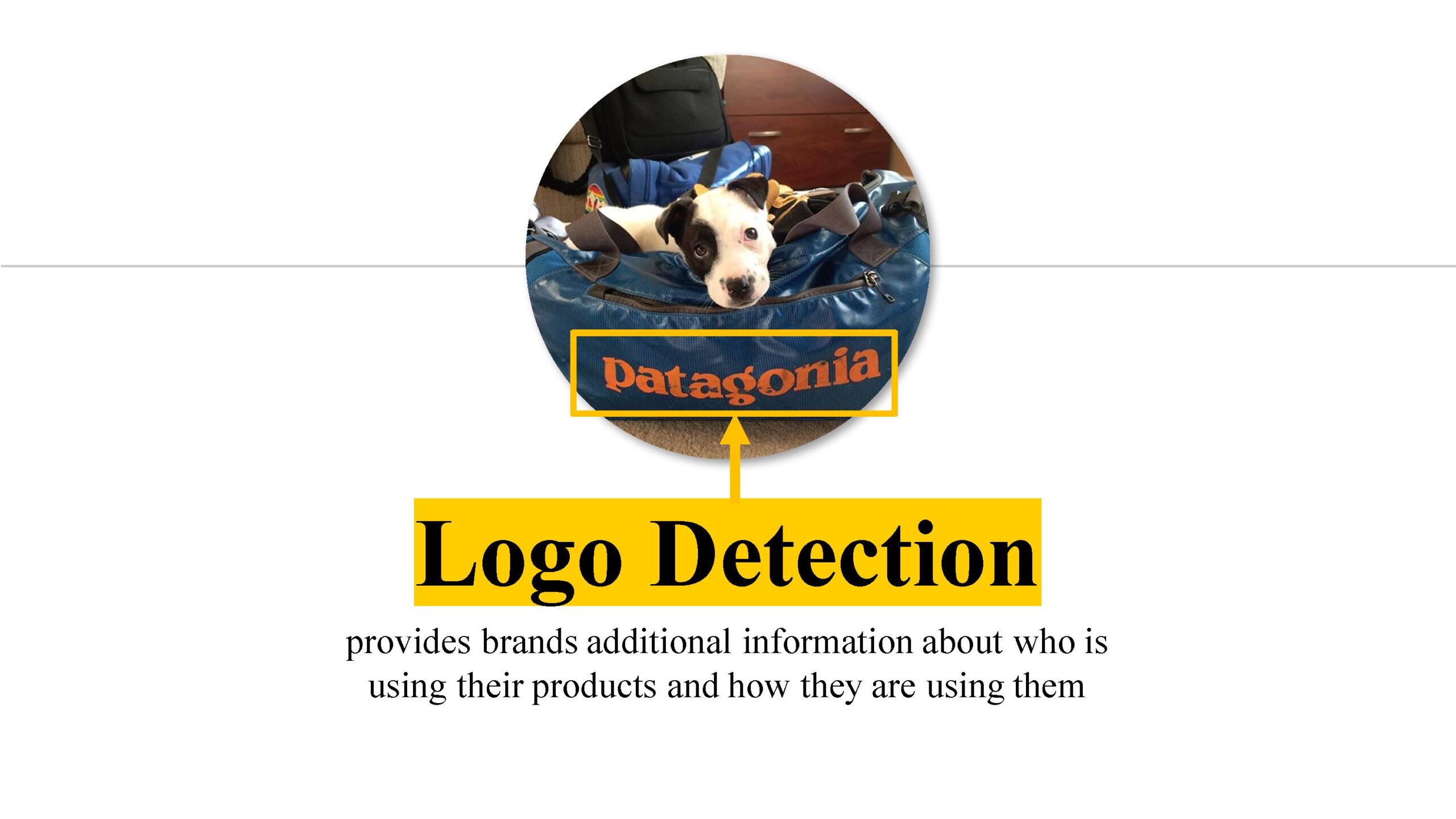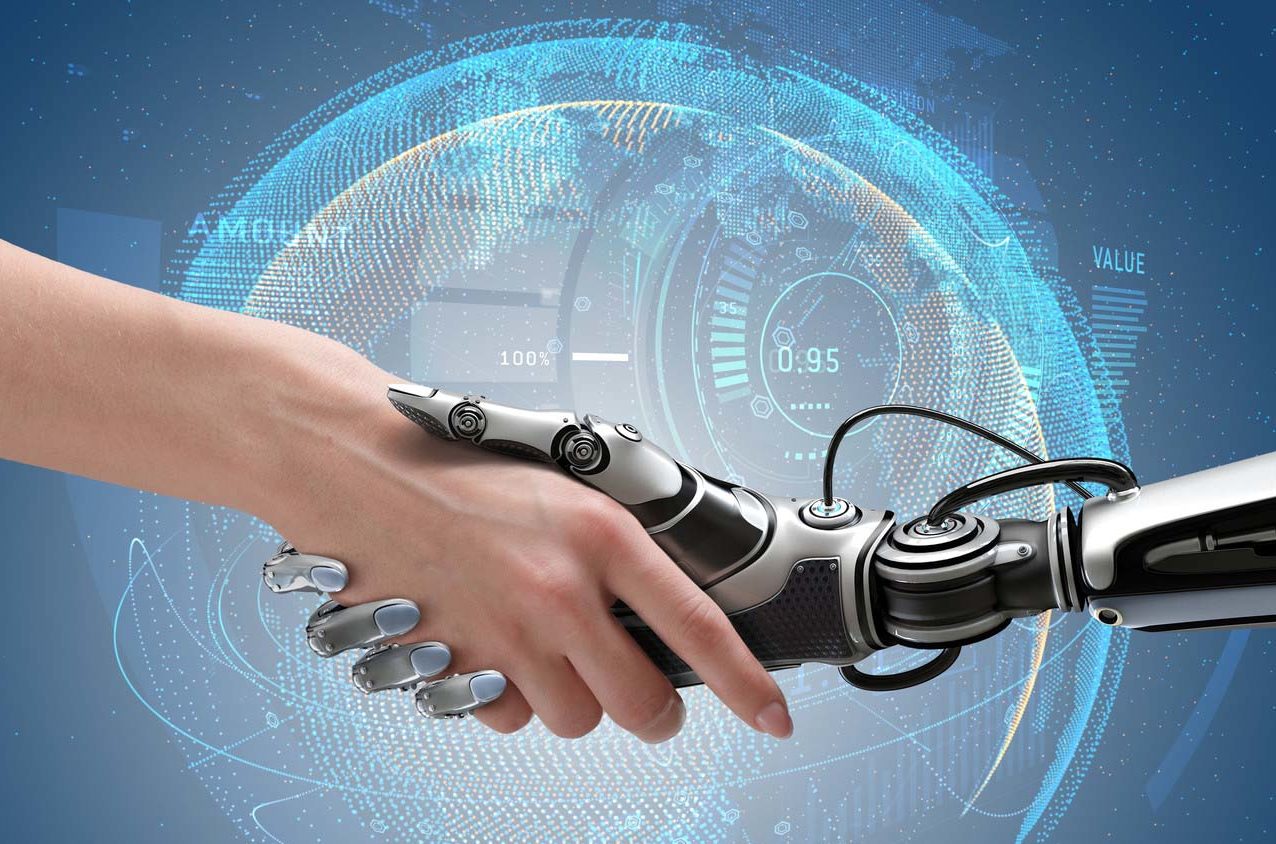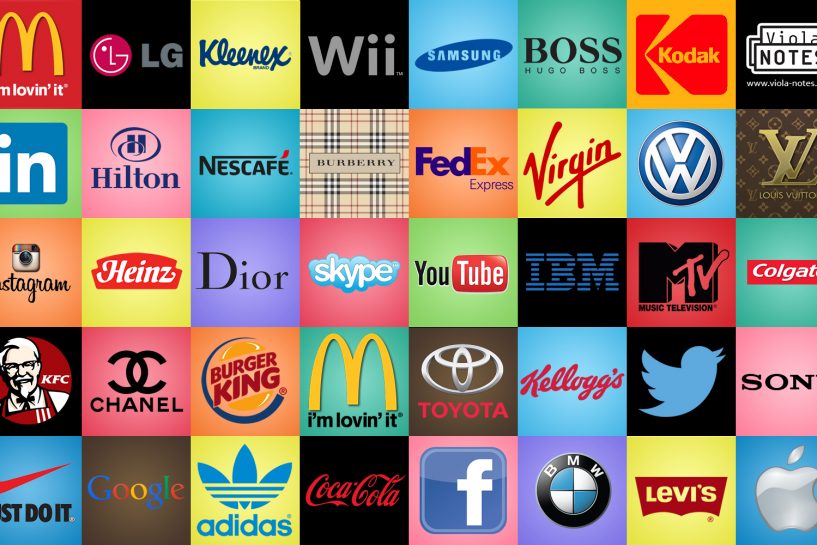Logos play a vital role in establishing brand identity and recognition. In today’s visually-driven world, where billions of images are shared every day, logo recognition has emerged as a crucial technology for various industries. This article explores the intricacies of logo recognition, its applications, challenges, advancements, and future trends.
Introduction to Logo Recognition

Logo recognition is the process of identifying and detecting logos within digital images or videos. It involves leveraging computer vision techniques and machine learning algorithms to analyze visual content and accurately identify specific brand logos. With the growing prominence of logos in marketing, advertising, and brand management, logo detection has become an invaluable tool for businesses and organizations.
Importance of Logo Recognition
Logo recognition offers numerous benefits to businesses and consumers alike. For brands, it enables effective brand monitoring, reputation management, and competitor analysis. By automatically identifying when and where their logos appear, companies can gain valuable insights into their brand visibility and customer engagement.
On the consumer side, logo detection enhances user experiences by enabling personalized content recommendations, augmented reality interactions, and seamless shopping experiences. Additionally, it helps consumers identify counterfeit products, ensuring their safety and promoting genuine brand trust.
How Does AI Logo Recognition Work?
AI Logo recognition involves a series of steps that combine image processing techniques, feature extraction, and machine learning algorithms. Let’s delve into each of these steps:
- Image Processing Techniques: The first step in logo detection is to preprocess the input image or video frame. This involves tasks like image resizing, noise reduction, and contrast enhancement to improve the accuracy of subsequent processing steps.
- Feature Extraction: Once the image is preprocessed, distinctive features of the logos need to be extracted. This can include shape, color, texture, and spatial layout information. Feature extraction algorithms analyze the image to capture these unique characteristics.
- Machine Learning Algorithms: The extracted features are then fed into machine learning algorithms to train a model that can accurately classify and recognize logos. Supervised learning techniques, such as convolutional neural networks (CNNs), are commonly employed for logo detection tasks.
Applications of Logo Detection
Logo detection finds applications across various industries. Some key applications include:
- Brand Monitoring and Reputation Management: Logo detection helps brands monitor their logo presence across different media channels, including social media platforms, news articles, and websites. This enables companies to assess their brand reach, measure the impact of marketing campaigns, and address potential reputation management issues.
- Counterfeit Detection and Anti-Piracy Measures: By scanning products, packaging, and digital content, logo detection systems can detect counterfeit or pirated items. This aids in protecting brand integrity, minimizing revenue loss, and safeguarding consumer trust.
- Marketing and Advertising: Logo detection technology enables targeted advertising by identifying the logos present in user-generated content, such as social media posts or videos. Brands can leverage this information to deliver personalized ads to specific target audiences.
- Customer Engagement and Personalization: By recognizing logos, businesses can offer personalized experiences to their customers. For example, a retail app could provide tailored product recommendations based on recognized logos in user photos.
Challenges in Logo Detection and Recognition
Logo detection and recognition come with several challenges that need to be overcome for optimal performance. Some of these challenges include:
- Variations in Logo Designs: Logos can have diverse designs, fonts, colors, and styles. Recognizing logos accurately requires robust algorithms capable of handling this variability.
- Occlusion and Partial Visibility: Logos can be partially occluded or appear in complex scenes. Efficient logo detection systems need to handle such occlusions and still accurately identify the logos.
- Scaling and Rotation: Logos may appear at different scales and orientations in images or videos. Handling these variations is crucial for successful logo recognition across different contexts.
- Lighting Conditions: Illumination variations can impact logo visibility and appearance. Logo detection algorithms should be resilient to changes in lighting conditions for reliable performance.
Future Trends in Logo Detection

The future of logo detection holds exciting possibilities. Here are some anticipated trends:
- Real-Time Logo Recognition: With the increasing computational power of devices, logo recognition will move toward real-time applications. This opens avenues for instant logo detection and interaction in various contexts, such as live video streams and augmented reality experiences.
- Augmented Reality Integration: Logo detection technology can be integrated into augmented reality (AR) applications to enhance user experiences. Users can interact with recognized logos in real time, unlocking immersive digital overlays and personalized content.
- Multilingual Logo Recognition: As businesses expand globally, multilingual logo recognition will become more important. Logo recognition systems will need to accurately identify logos across different languages and cultural contexts.
Conclusion
Logo detection is a powerful technology that enables brand monitoring, personalized experiences, counterfeit detection, and more. With advancements in deep learning and image processing techniques, logo recognition systems are becoming increasingly accurate and versatile. As the visual landscape continues to evolve, logo detection will play a pivotal role in shaping user experiences and brand interactions.
Are you ready to unlock the potential of logo detection for your business? Contact Aim Technologies today to request a demo and see how our cutting-edge logo recognition solutions can enhance your brand management, customer engagement, and anti-counterfeit efforts.




